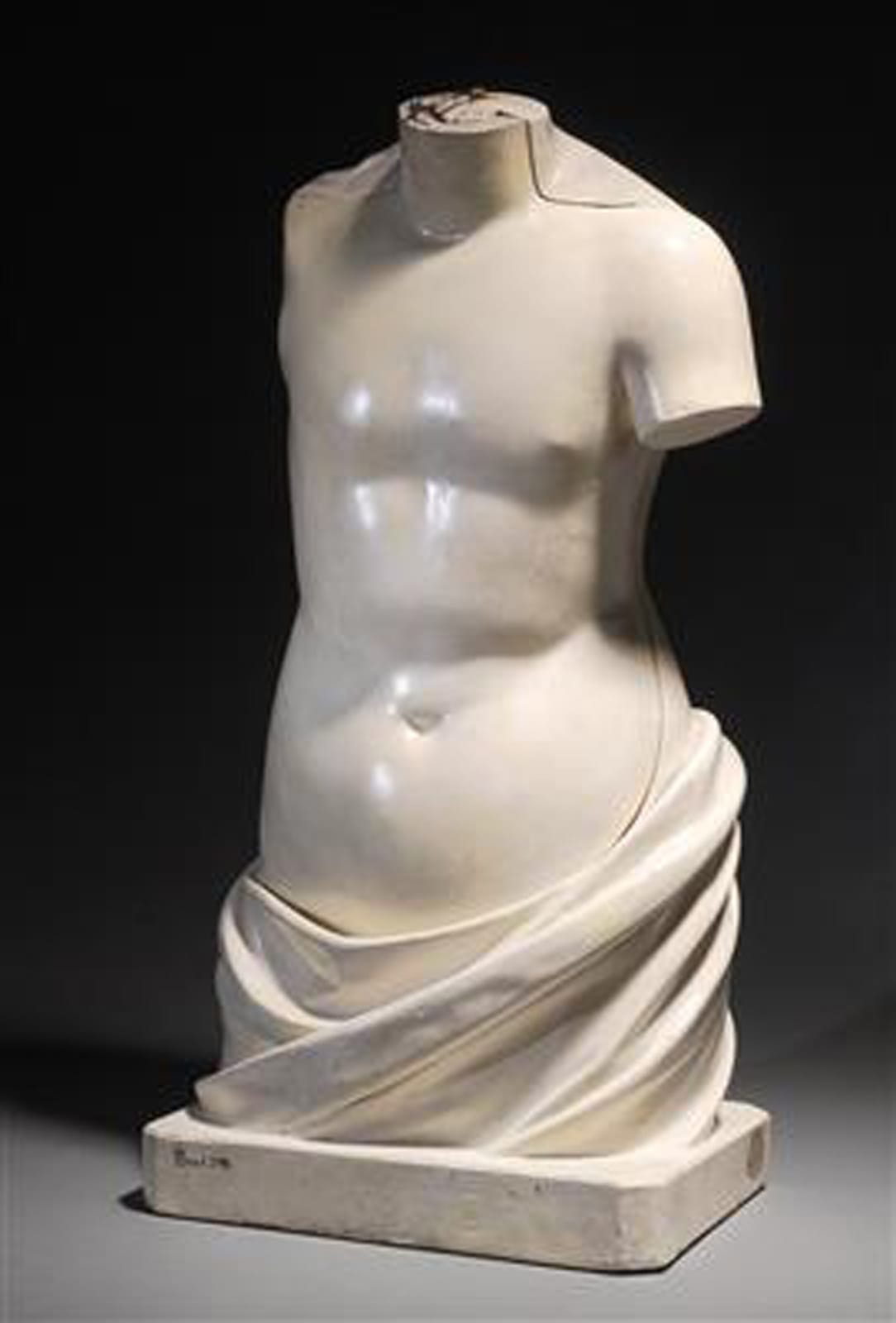19th C Anatomical Didactic Model of a Torso with Removable Organs,developed by Franz Jozef Steger and Carl E. Bock.
19th
Plaster
53 x 13 x 12 cm
504
€ 6,900.00
The German sculpture Franz Josef Steger (1845-1938), under the guidance of Professor Wilhelm His (1831-1904) and based on the designs of anatomist Carl Ernst Bock (1809-1874), revolutionized anatomical models in the 1880s by developing a fast and accurate method of producing plaster-cast models. This was partly based on the suggestion of Prof. His that the body parts be frozen before dissection and casting, which prevented movement of the body parts and organs and allowed a more natural placement of the muscles, organs, and bones, thus creating a more realistic model. The Steger plaster-casts were produced from the late 1880s until the early 1930s. This specific Bust dates from the 1890s carry a maker's label on the base and show only small damages and no restorations. Anatomical models have been used for centuries as an adjunct to teaching anatomy and play an important role in the history of anatomical education. In addition, models became popular for such reasons as the public disapproval of grave robbery.
Join our mailing list
* denotes required fields
We will process the personal data you have supplied in accordance with our privacy policy (available on request). You can unsubscribe or change your preferences at any time by clicking the link in our emails.



